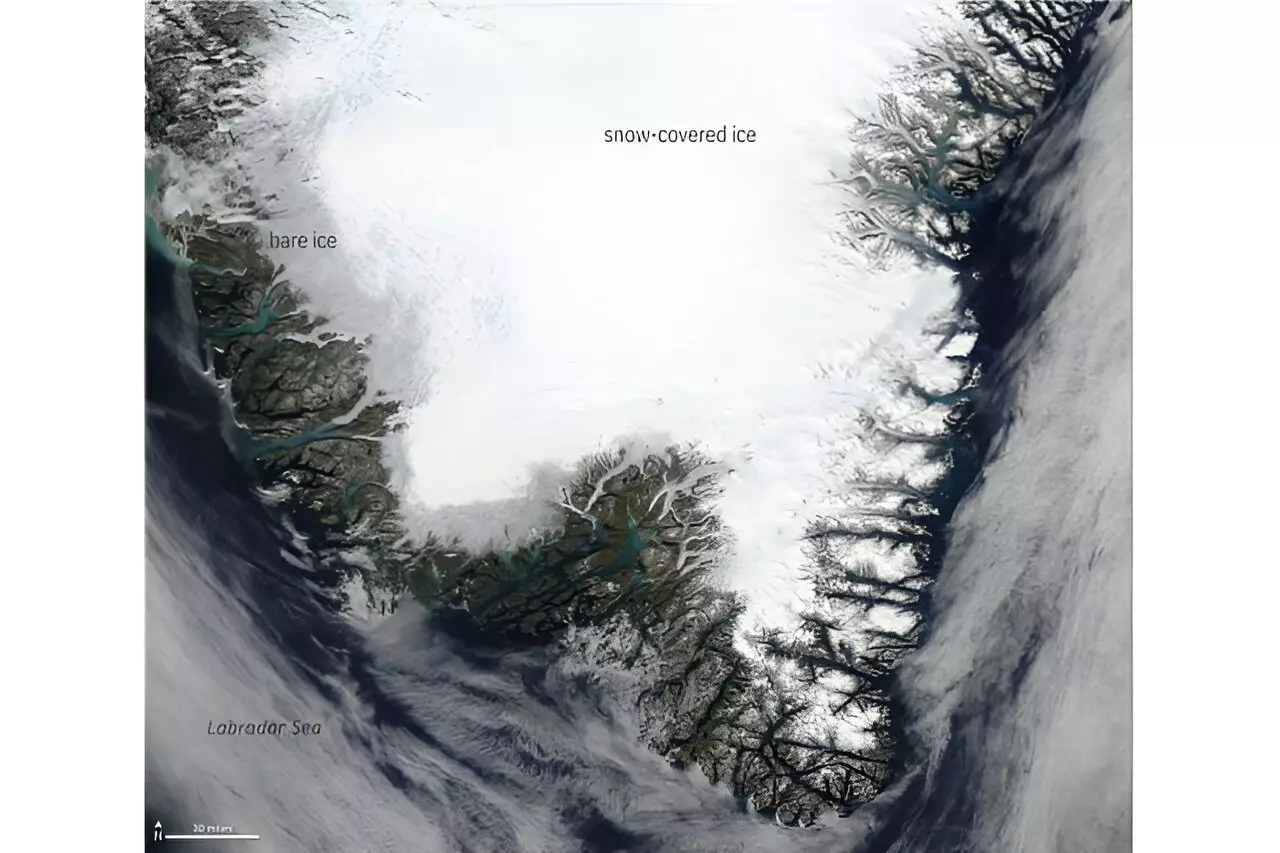The study conducted by researchers from the UC Irvine Department of Earth System Science and the University of Michigan Department of Climate and Space Sciences and Engineering sheds light on the significance of accurate computer climate models in predicting the impact of human-driven climate change on the Earth’s climate system. The study, published in the Journal of Geophysical Research: Atmospheres, focuses on how a commonly used climate model, the Energy Exascale Earth System Model (E3SM), overestimates a critical physical property of the Earth’s climate system known as albedo.
Albedo is the measure of how much sunlight is reflected back into space by the Earth’s surface. This property plays a crucial role in determining the amount of solar radiation absorbed by the planet, which in turn affects the rate of warming and climate change. The study reveals that previous versions of the E3SM model overestimated albedo due to a lack of consideration for the microphysical properties of ice in a warming world.
According to Chloe Clarke, a project scientist in UC Irvine professor Charlie Zender’s group, the old model versions inaccurately represented the reflectivity of ice, particularly the Greenland Ice Sheet. The models failed to account for factors such as algae and dust, which can darken the surface of snow and ice, making it less reflective and more susceptible to absorbing heat. As a result, the old model versions estimated less melt than what was observed in satellite data.
The study emphasizes the importance of considering microphysical properties, such as algae and dust content, in accurate climate modeling. By incorporating these subtle yet significant factors into the model, researchers were able to better estimate the rate at which the Greenland Ice Sheet is melting. This adjustment led to a more realistic representation of the ice albedo and a closer alignment with satellite observations.
Clarke and her team plan to expand their research to other icy regions of the planet to assess the global impact of the albedo discrepancy in the E3SM model. By studying glaciers in diverse locations such as the Andes and Alaska, the researchers aim to refine the model further and enhance its accuracy in predicting climate feedbacks related to snow and ice. This comprehensive approach will enable scientists to gain a more nuanced understanding of how different regions are being affected by climate change.
The study highlights the critical role of accurate climate models in assessing the impact of human activities on the Earth’s climate system. By refining existing models to account for microphysical properties like algae and dust, researchers can improve their predictions of albedo changes and ice melt rates. This research not only enhances our understanding of the complexities of the climate system but also underscores the need for continuous monitoring and adjustment of climate models to reflect real-world conditions accurately.



Leave a Reply